search
date/time
 | Yorkshire Times Weekend Edition |

Jan Harris
Deputy Group Editor
4:00 AM 22nd September 2021
nature
Is Autumn Finally Here?

Image by Gerd Altmann from Pixabay
There are two equinoxes every year - in September and March - when the sun shines directly on the equator and the length of day and night is nearly equal.
There are two Solstices each year – in June and December. The summer solstice is called the longest day and the winter solstice the shortest day.
So what is the difference between the equinox and the solstice?
An equinox is when the sun is closer to the earth and the solstice is when the sun is furthest to the earth.
Astronomical Seasons 2021
Spring Equinox: 29 March
Summer Solstice: 29 June
Autumn Equinox: 22 September
Winter Solstice: 21 December
Spring Equinox: 29 March
Summer Solstice: 29 June
Autumn Equinox: 22 September
Winter Solstice: 21 December
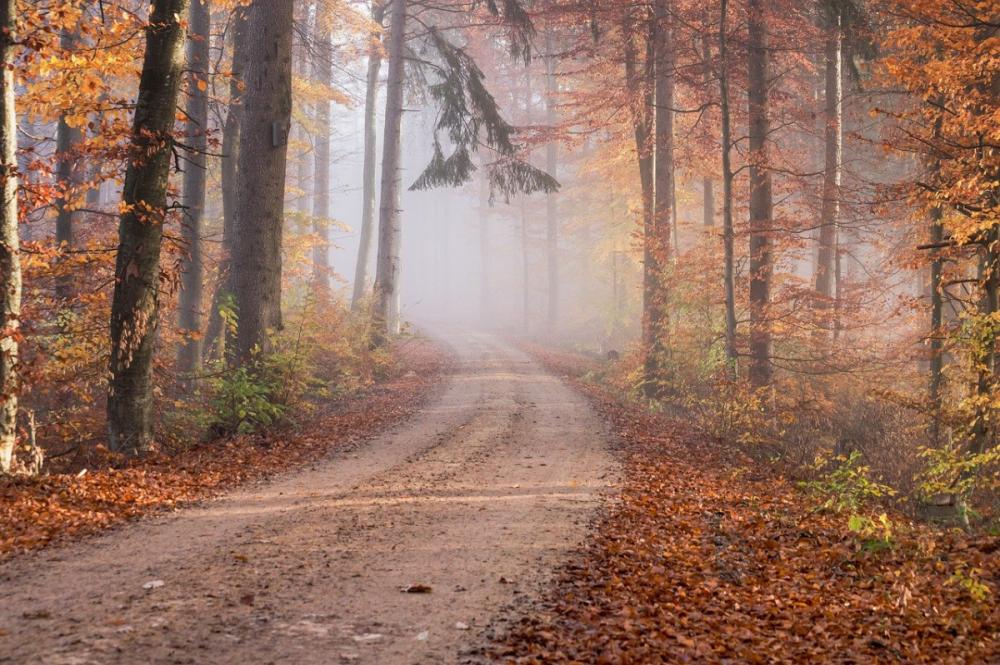
Image by minka2507 from Pixabay
Meteorological Seasons
Spring: 1 March to 31 May
Summer: 1 June to 31 August
Autumn: 1 September to 30 November
Winter: 1 December to 28 February
Spring: 1 March to 31 May
Summer: 1 June to 31 August
Autumn: 1 September to 30 November
Winter: 1 December to 28 February
The meteorological seasons are different as 1 September is the start of autumn. This is because meteorologists like to divide the year into four equal parts of three months:
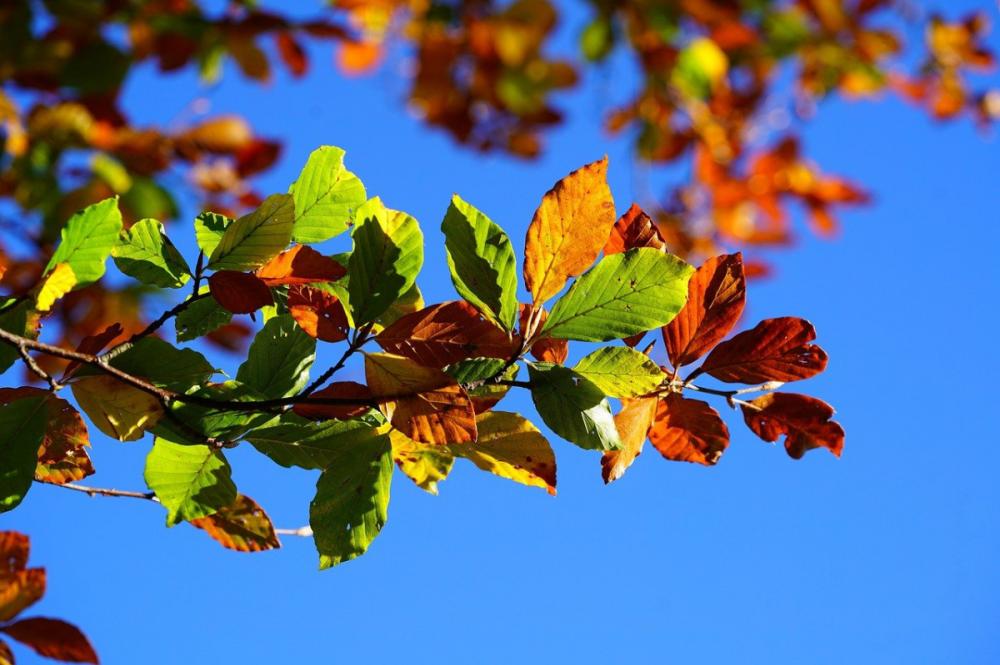
Image by Hans Braxmeier from Pixabay
The word is derived from the Latin aequinoctium, aequus (equal) and nox (genitive noctis) (night).
What can we look forward to in Autumn?
Well autumn is a very colourful month - thanks to the vibrant colours of the trees. The leaves on the trees stop producing chlorophyll which gives them their green colour, thus allowing other pigments of colour to show through ranging from yellow, to orange to red.
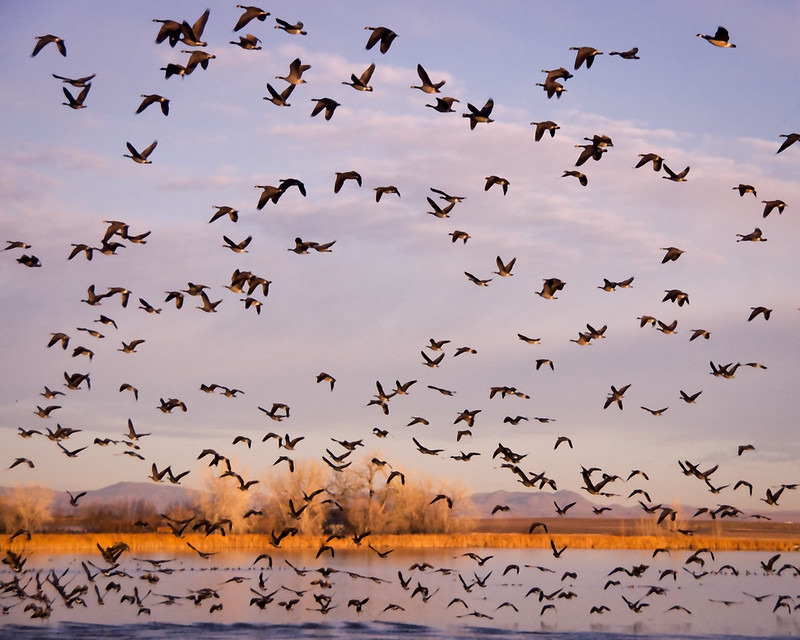
Migrating geese - photo by enjoiskate8
The sun is much lower in the sky in autumn and this is when birds and butterflies migrate along with the path of the sun. Some birds that migrate to warmer countries are nightingales, cuckoos, swifts and swallows. During the autumn we see some ducks, geese, redwings, fieldfares and waxwings arrive from colder countries like Iceland and Sweden.
Some favourite things about autumn:
Seasonal food: Apple picking, foraging for blackberries, butternut squash or pumpkin soup and hot chocolate to drink.
Long walks: The countryside and woods are spectacular in the autumn with the changing colours of the leaves, often reflected in the nearby lakes and rivers.
Log fires: The summer is wonderfully warm but there is something magical about cosying up in front of a real fire.
Build up to Christmas! And we all love Christmas.
Seasonal food: Apple picking, foraging for blackberries, butternut squash or pumpkin soup and hot chocolate to drink.
Long walks: The countryside and woods are spectacular in the autumn with the changing colours of the leaves, often reflected in the nearby lakes and rivers.
Log fires: The summer is wonderfully warm but there is something magical about cosying up in front of a real fire.
Build up to Christmas! And we all love Christmas.
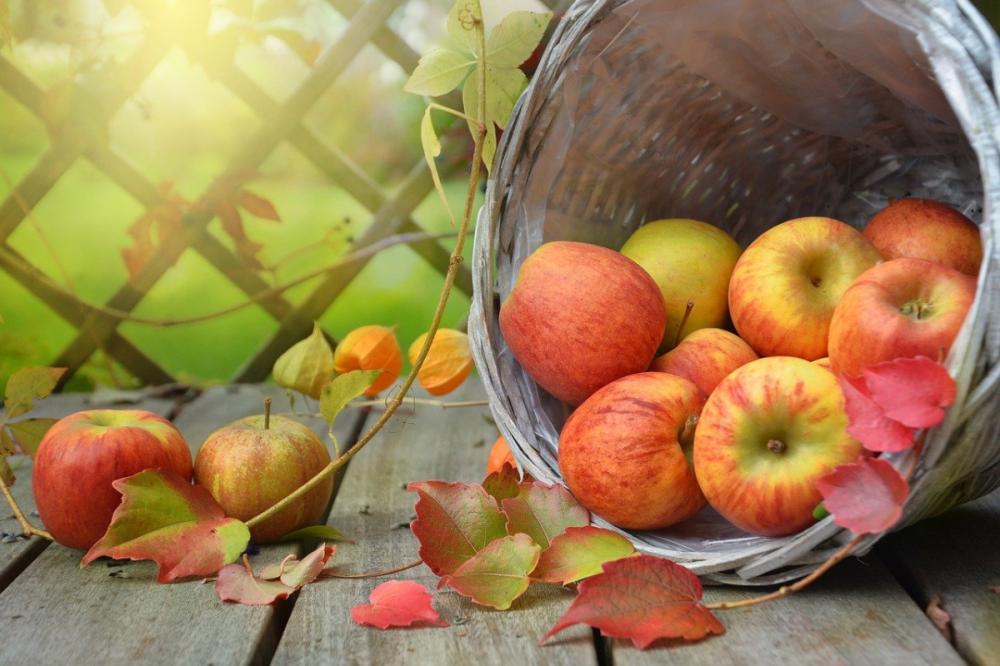
Image by Rebekka D from Pixabay
When do the clocks change?
![photo by Michael Garnett]() British Summer Time or Daylight saving commenced on Sunday 28 March 2021. It will come to an end on Sunday 31 October 2021 when the clocks go back one hour at 2am and GMT resumes - meaning another hour in bed for us in the UK.
British Summer Time or Daylight saving commenced on Sunday 28 March 2021. It will come to an end on Sunday 31 October 2021 when the clocks go back one hour at 2am and GMT resumes - meaning another hour in bed for us in the UK.
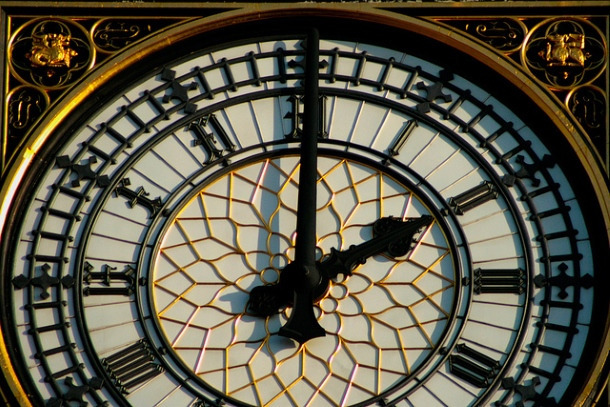
photo by Michael Garnett